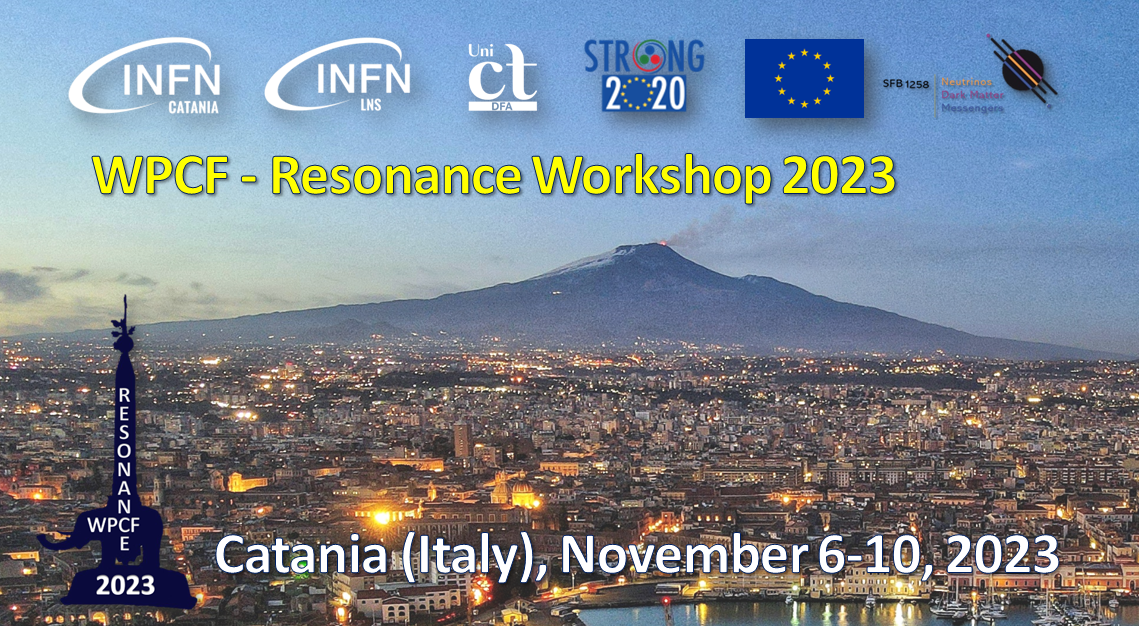Speaker
Description
Nuclei that present a three-body character have attracted particular interest over the past few decades. Of particular relevance is the case of two-neutron halo nuclei, e.g., ⁶He, ¹¹Li or ¹⁴Be, which exhibit exotic features in nuclear collisions. These are Borromean systems, or three-body systems in which all binary subsystems cannot form bound states. The correlations between the valence neutrons, often described in terms of pairing, are known to play a fundamental role in shaping the properties of these systems [2,3]. The evolution of these correlations beyond the driplines gives rise to two-neutron emitters, e.g., ¹³Li, ¹⁶Be or ²⁶O [4]. A similar situation can be found for proton-rich nuclei. For instance, the Borromean ¹⁷Ne nucleus has been proposed to exhibit a two-proton halo, while other exotic systems, such as ⁶Be and ¹¹O, are two-proton emitters [5]. Since they have a marked core+N+N character, three-body models are a natural choice to describe their structure and processes involving them [6]. The description of the continuum in three-body nuclei, however, is not an easy task. In Ref. [7] we proposed a method to characterize few-body resonances by studying the time dependence of the lowest eigenstates of a resonant operator, with the aim of studying the population of resonances of two-nucleon emitters. The method was applied to ¹⁶Be, obtaining a remarkable agreement with calculations of the actual three-body continuum [8] for the 0⁺ ground-state resonance, and predicting an excited 2⁺ resonance. A summary of this work will be presented, and the calculation of the corresponding relative-energy distributions in the decay dynamics will be shown [9]. Results will be compared with recent experimental observations [10], with focus on the initial-state neutron-neutron correlations.
[1] I. Tanihata, et al., Prog. Part. Nucl. Phys. 68, 215 (2013).
[2] Esbensen H., Bertsch G. F. and Hencken K., Phys. Rev. C, 56 (1997) 3054.
[3] Hagino K. and Sagawa H., Phys. Rev. C, 72 (2005) 044321.
[4] Z. Kohley, et al., Phys. Rev. Lett. 110, 152501 (2013).
[5] T. B. Webb, et al., Phys. Rev. Lett. 122, 122501 (2019).
[6] M. V. Zhukov, et al., Phys. Rep. 231, 151 (1993).
[7] J. Casal and J. Gómez-Camacho, Phys. Rev. C 99, 014604 (2019).
[8] A. E. Lovell, F. M. Nunes and I. J. Thompson, Phys. Rev. C 95, 034605 (2017).
[9] J. Casal and J. Gómez-Camacho, in preparation (2023).
[10] B. Monteagudo et al., submitted (2023).

